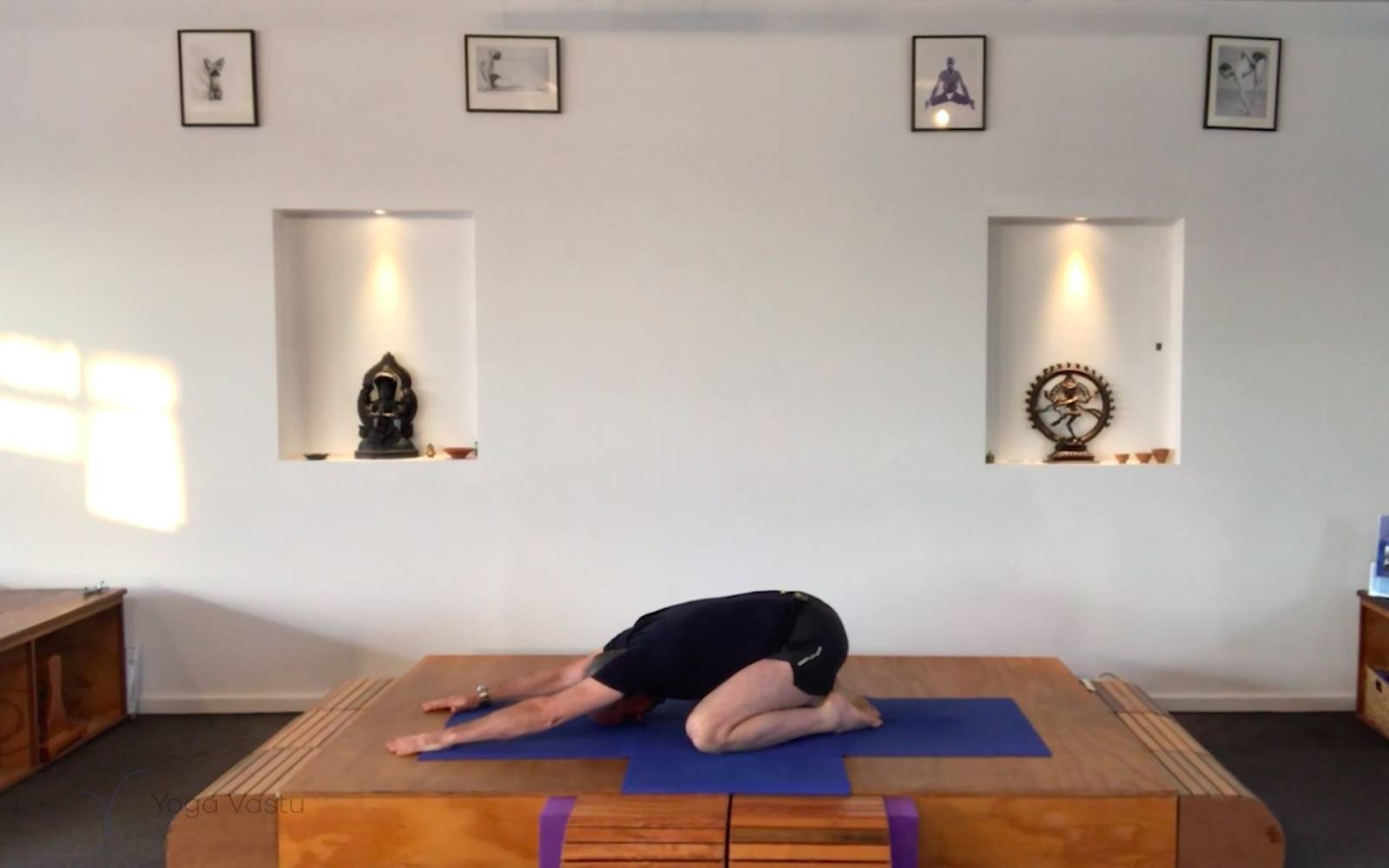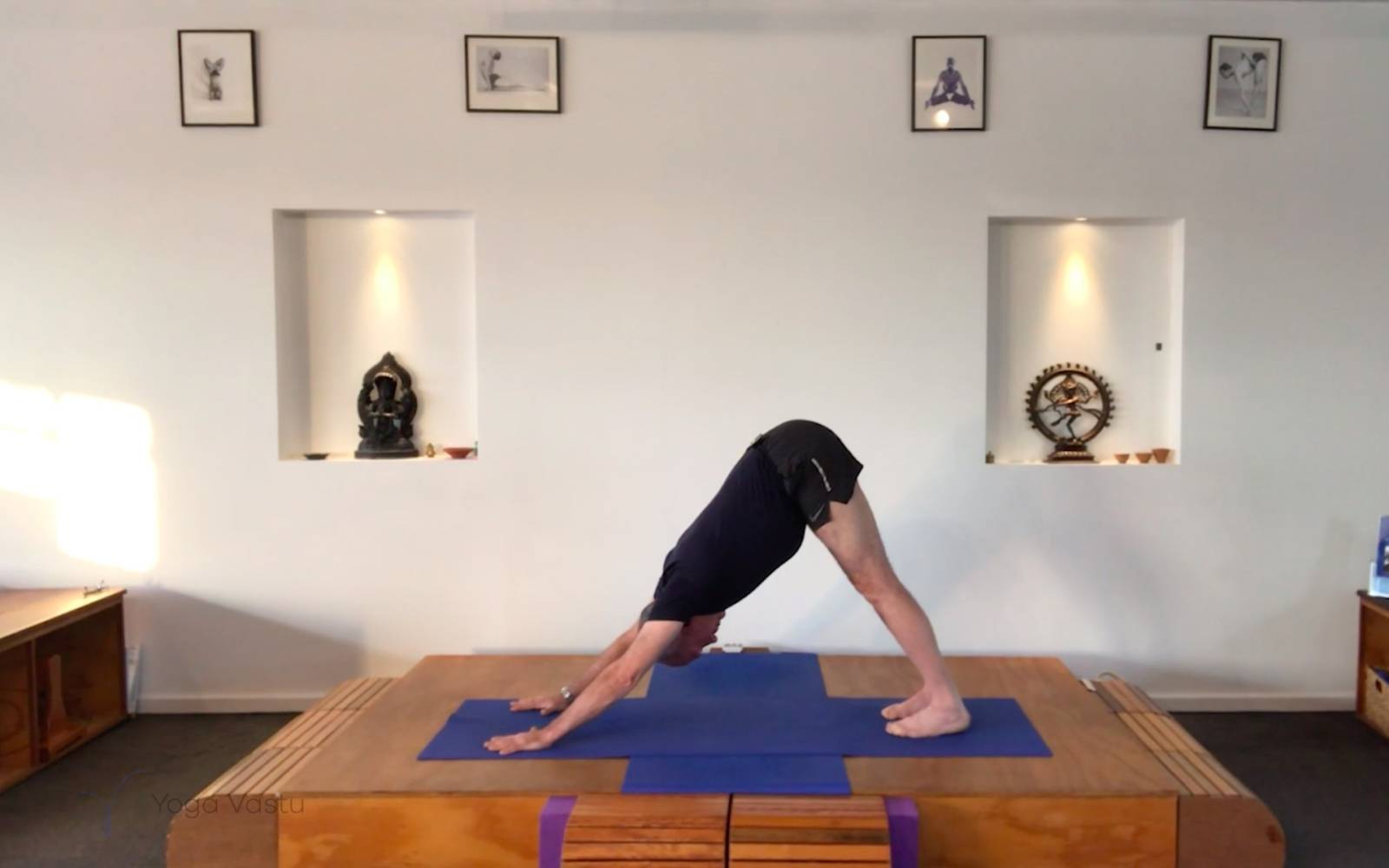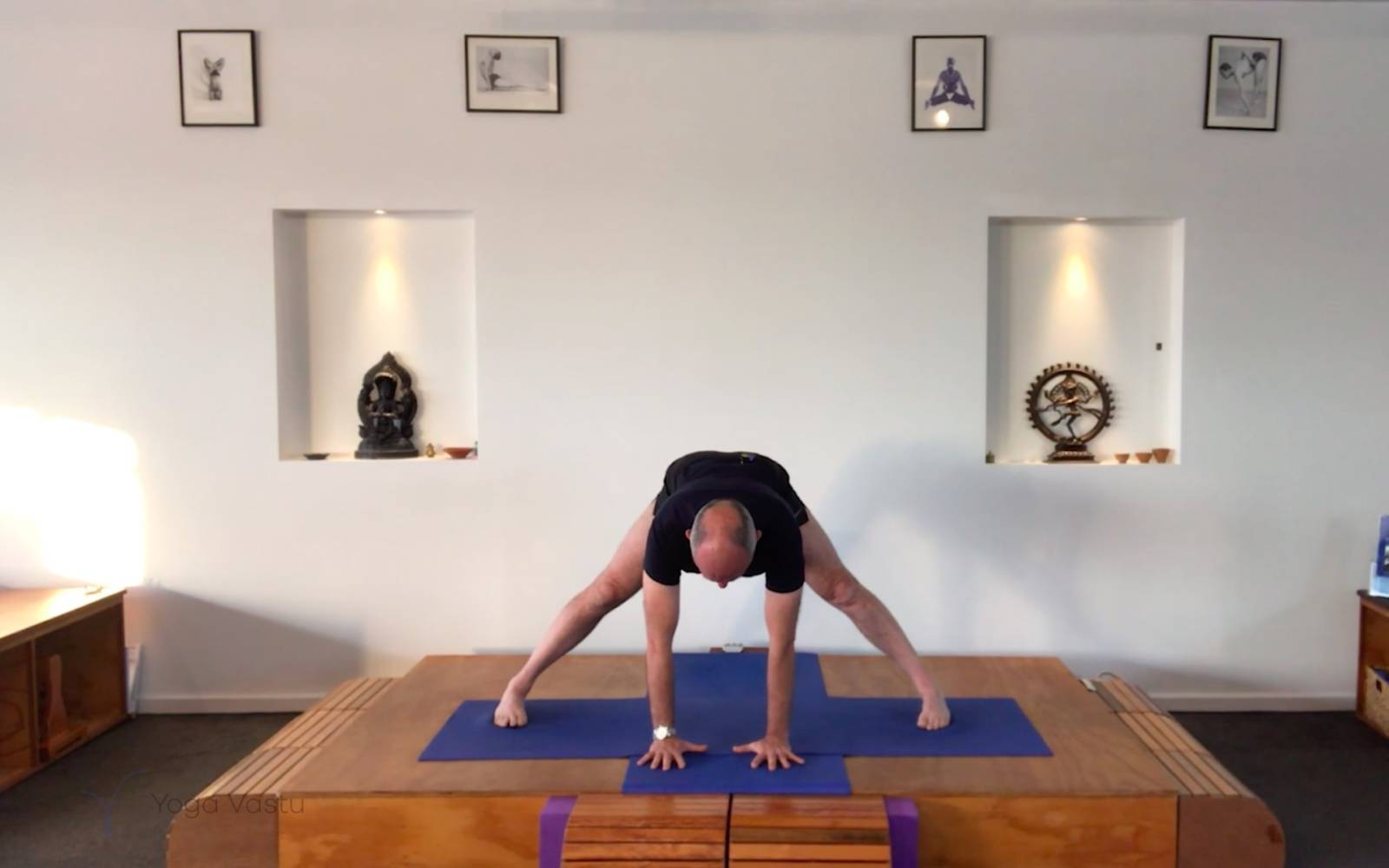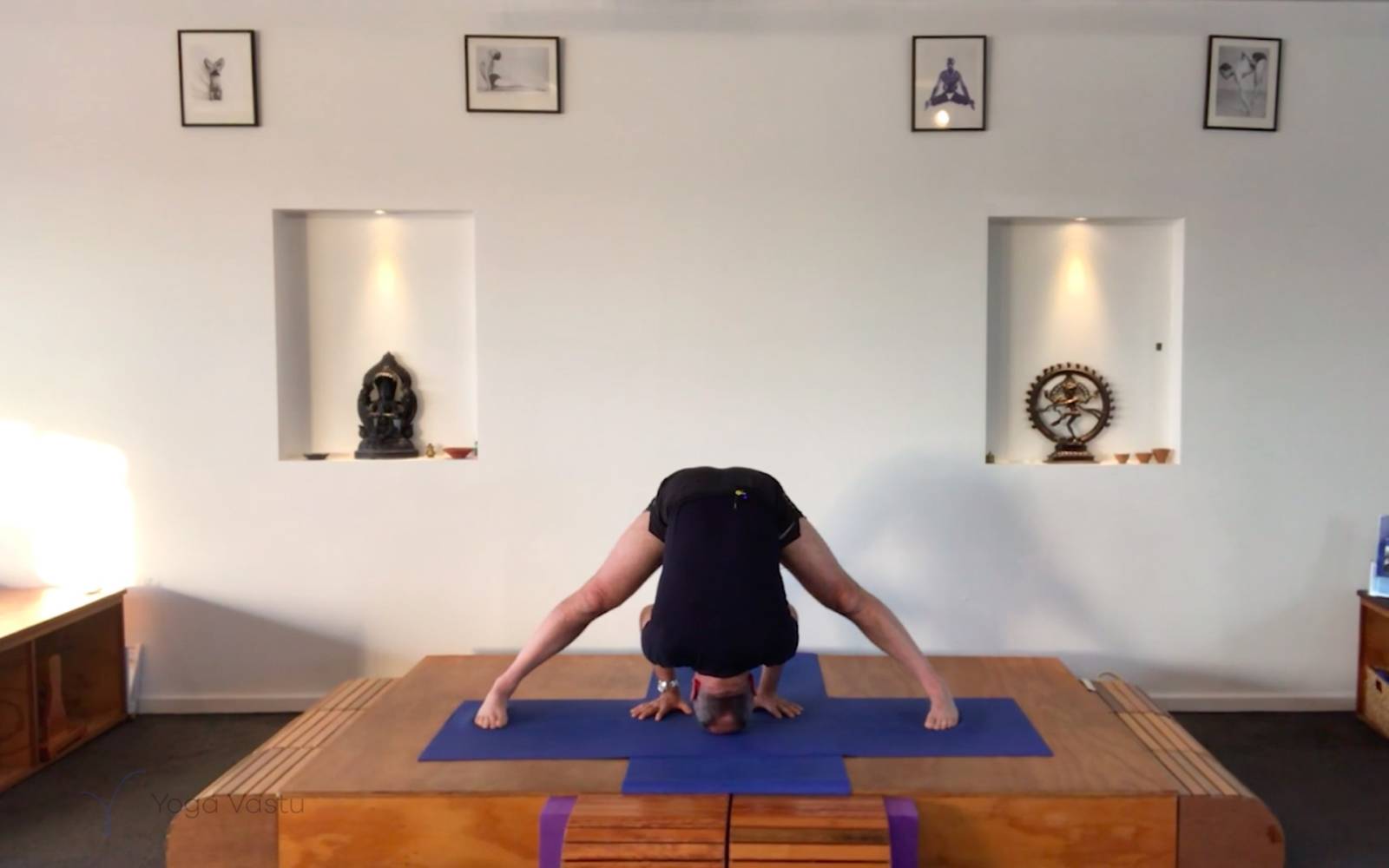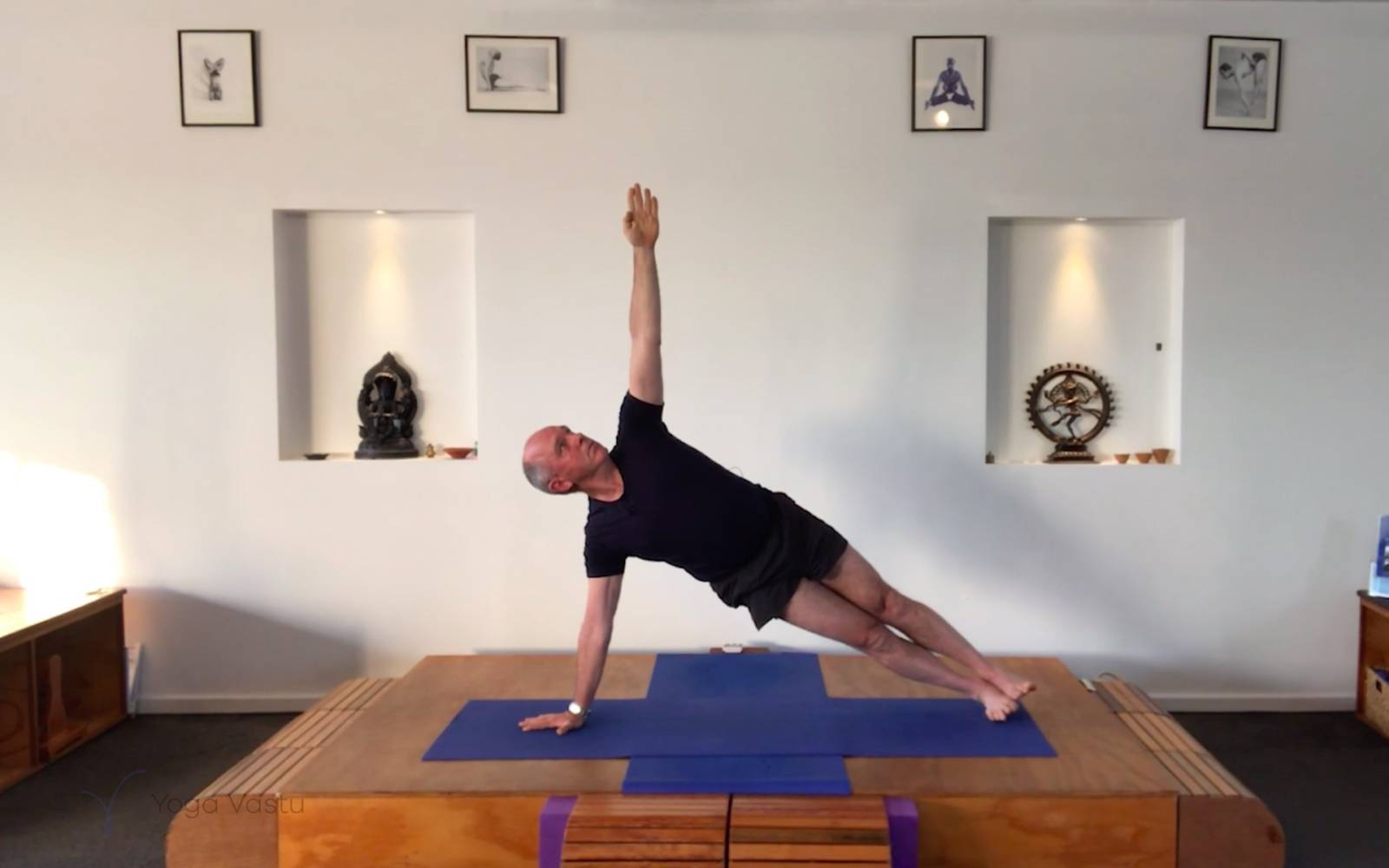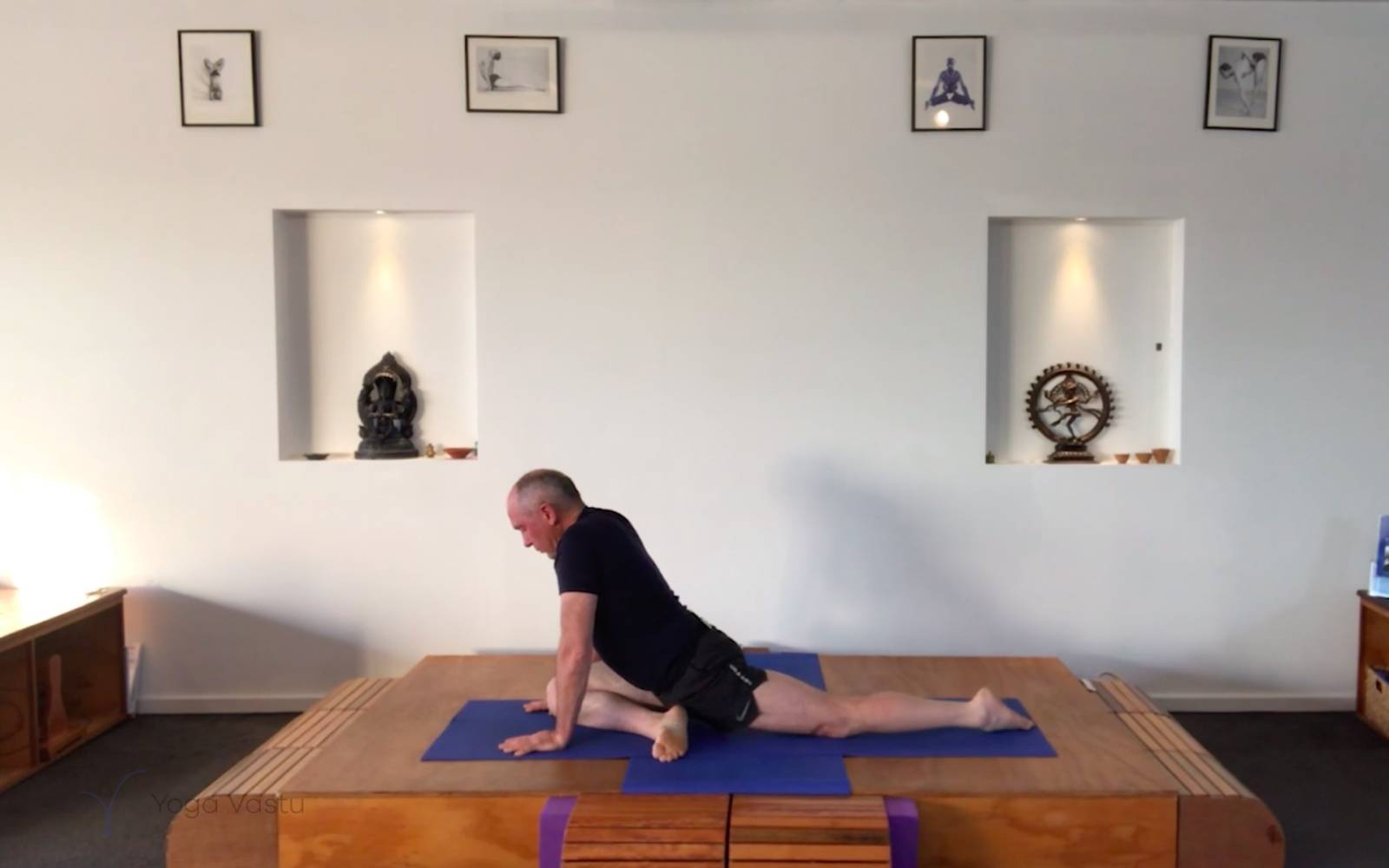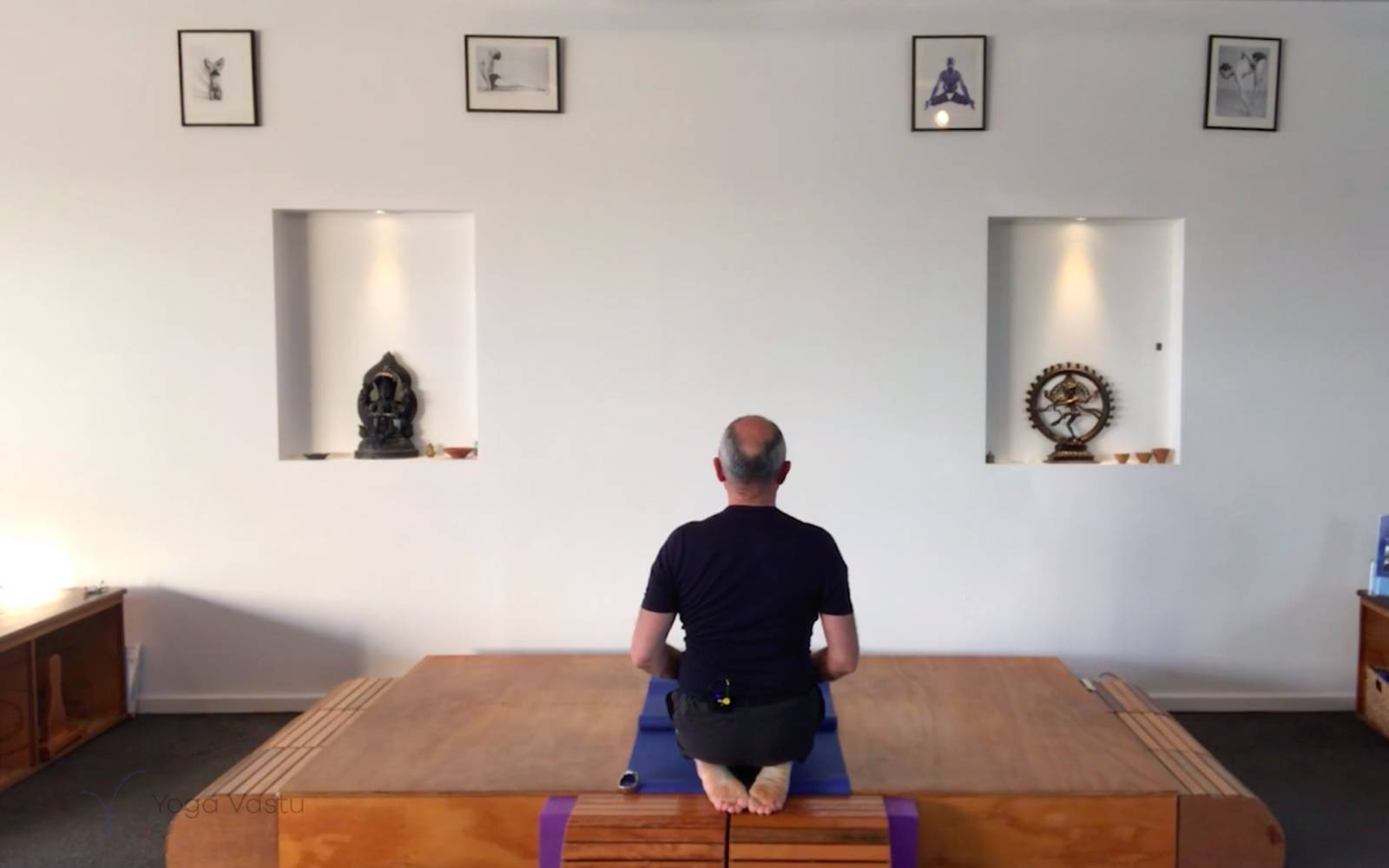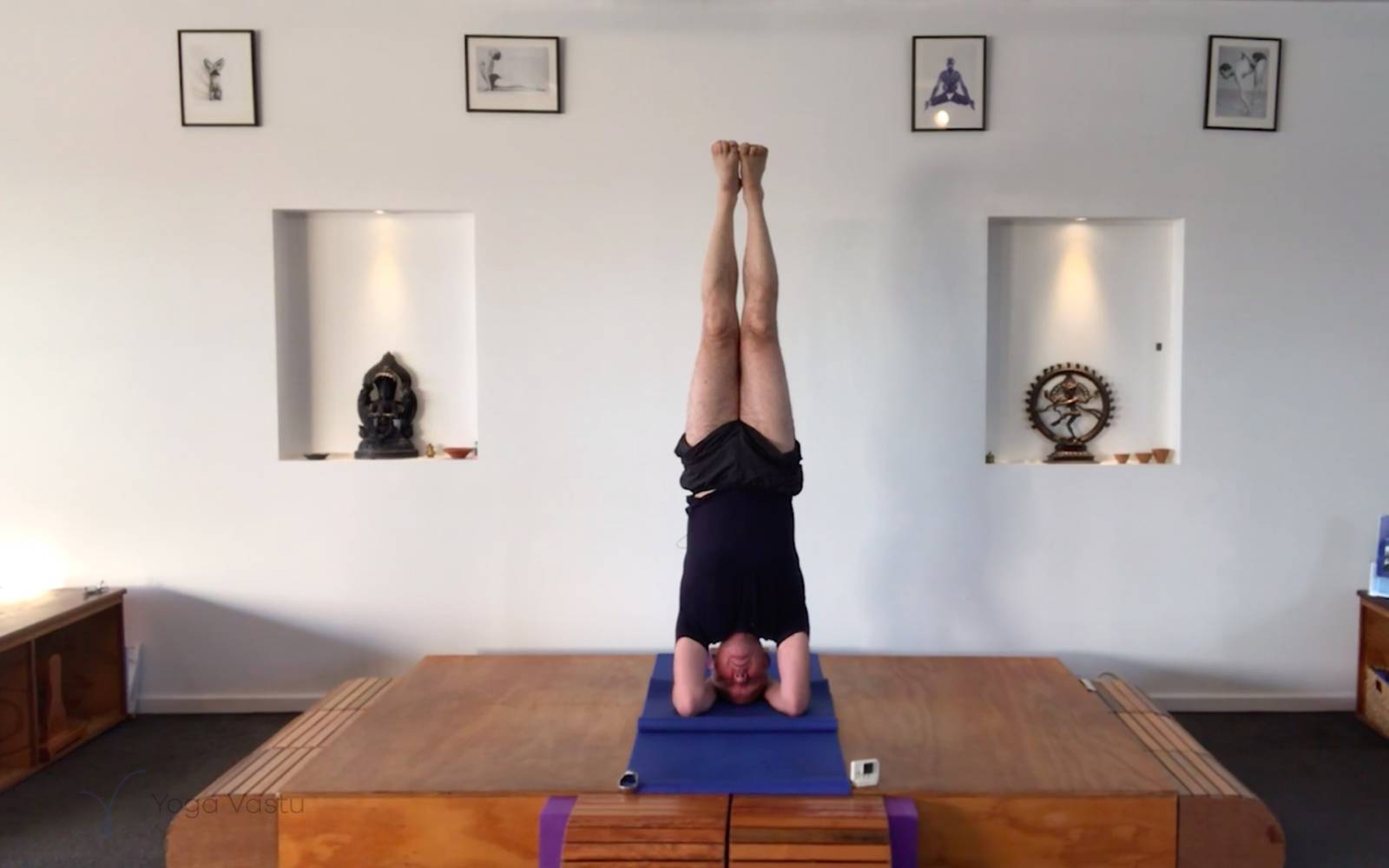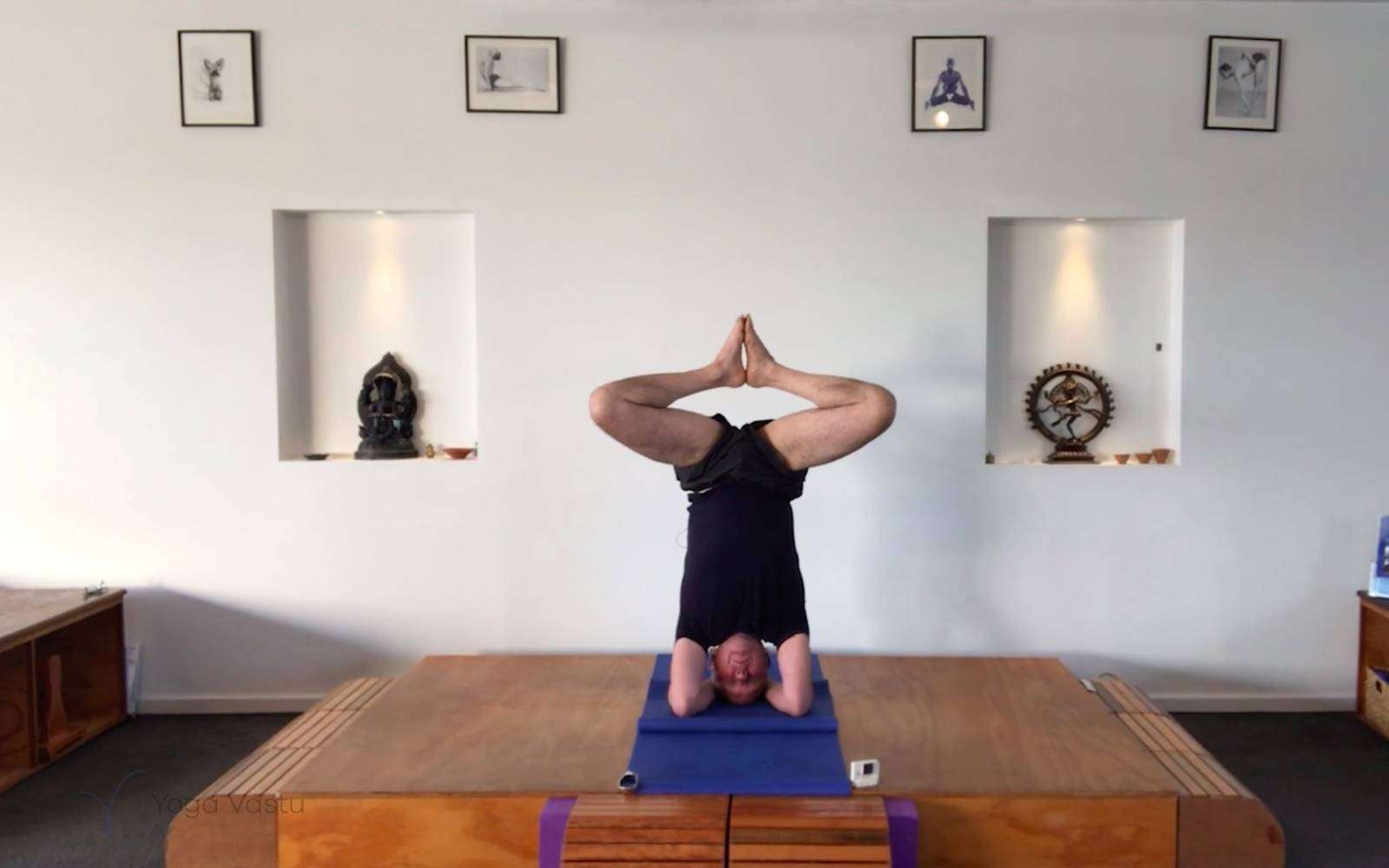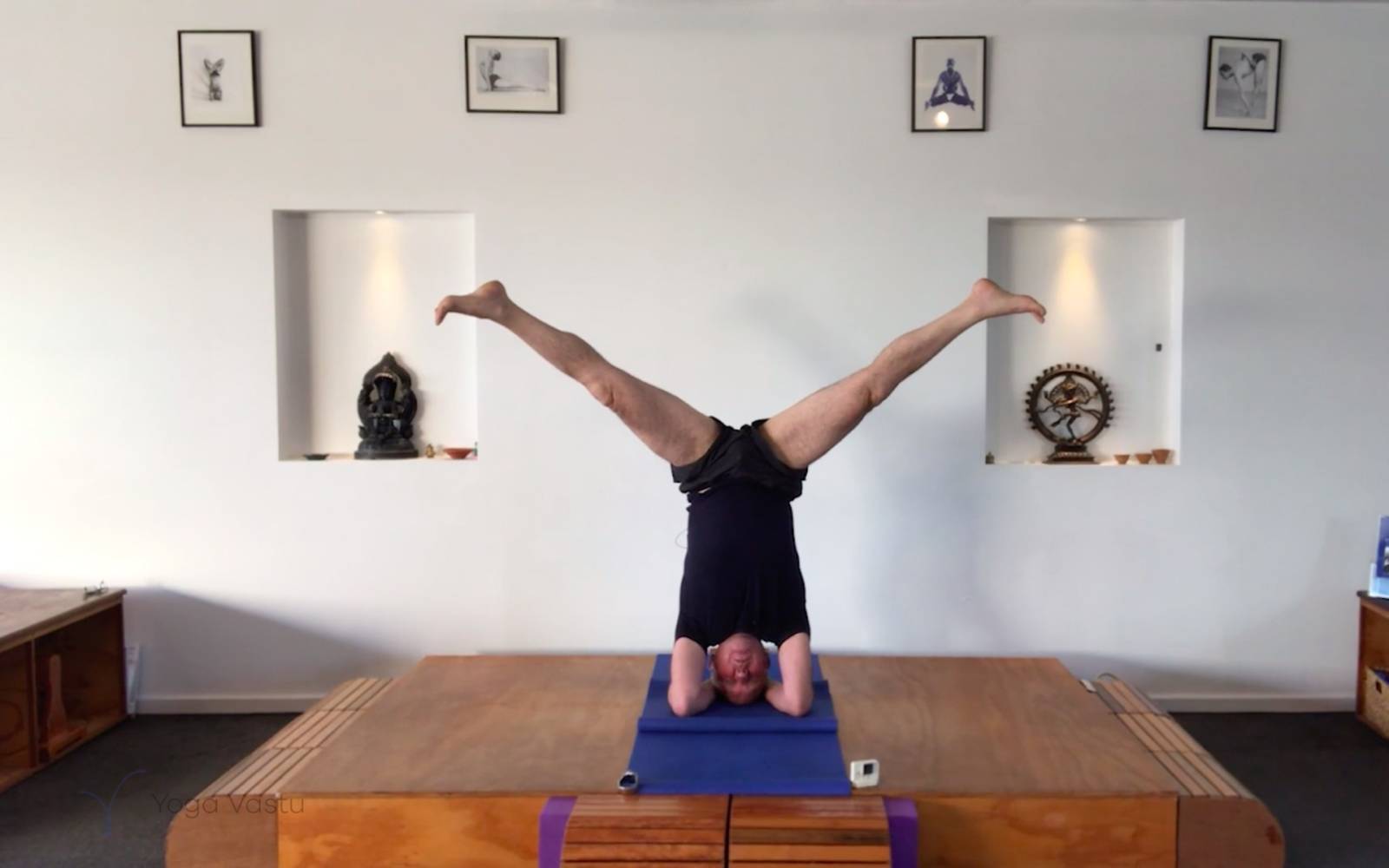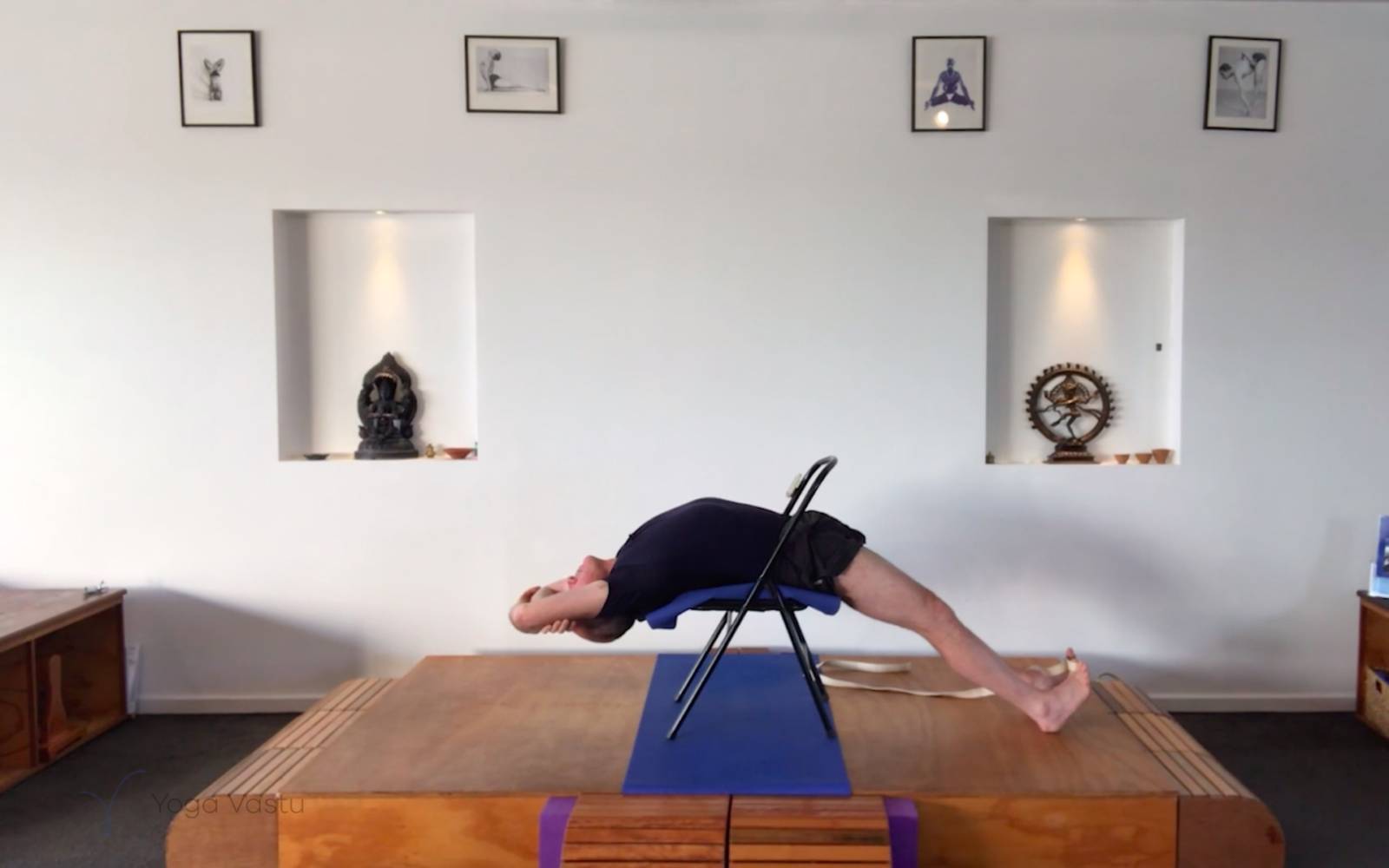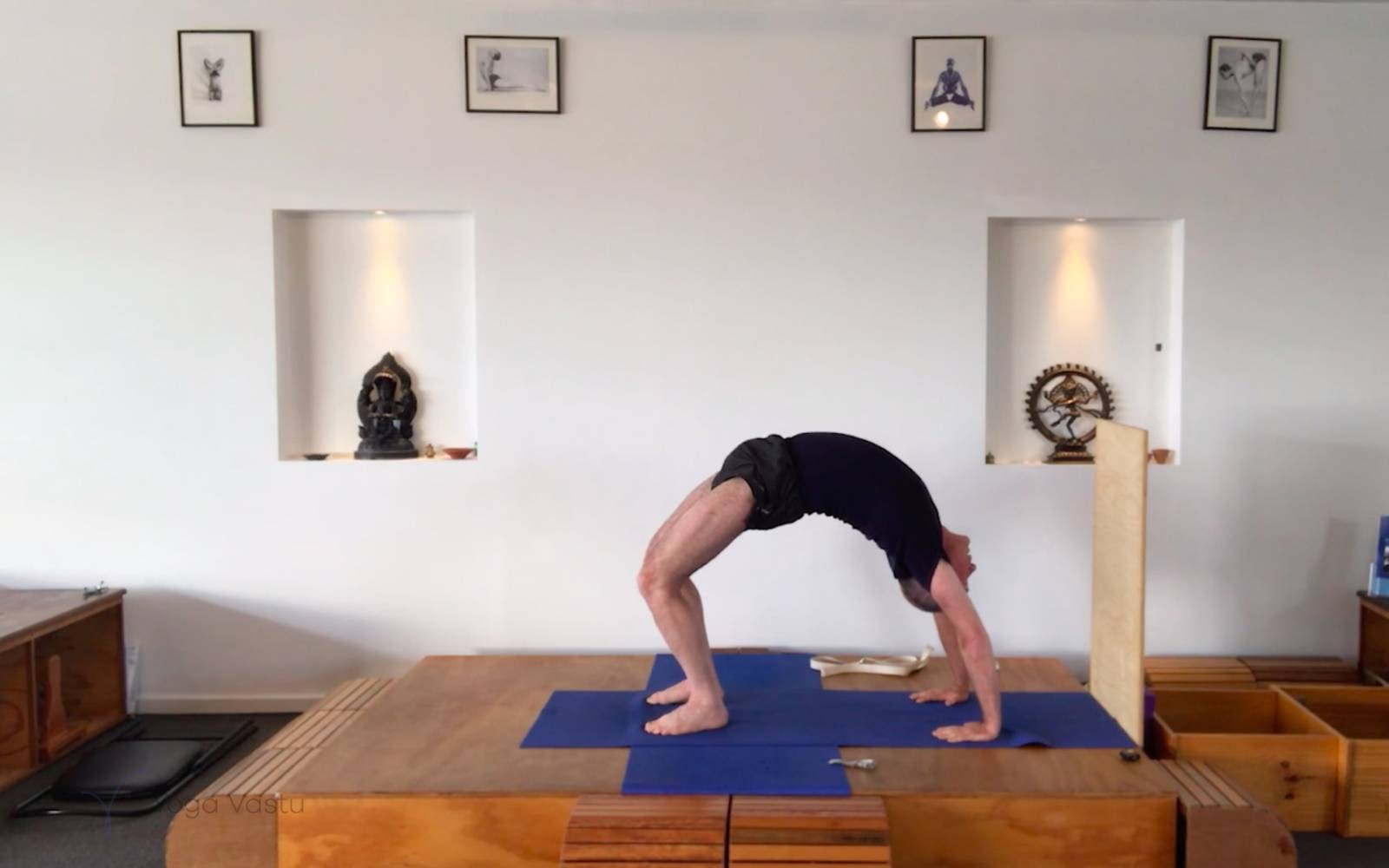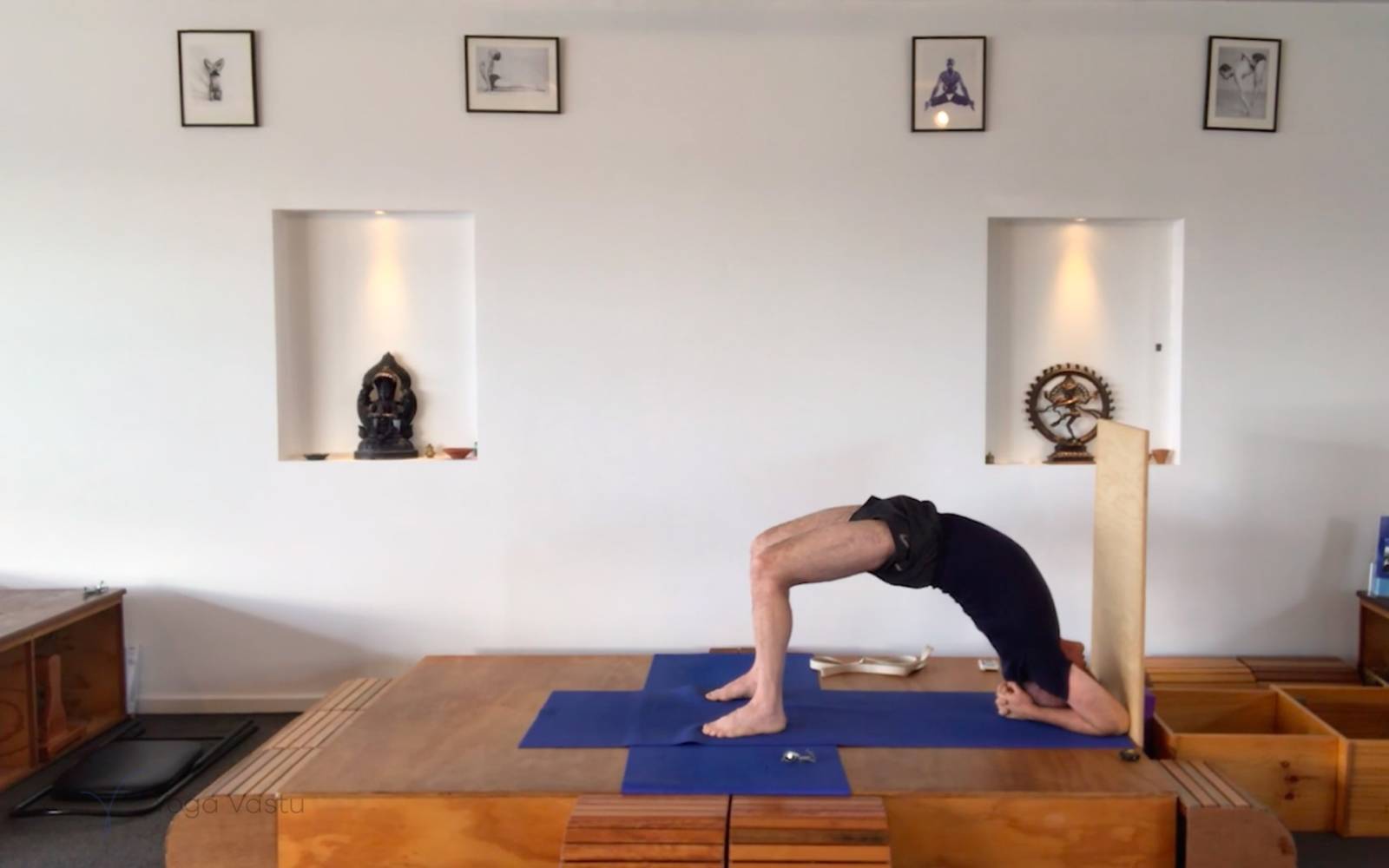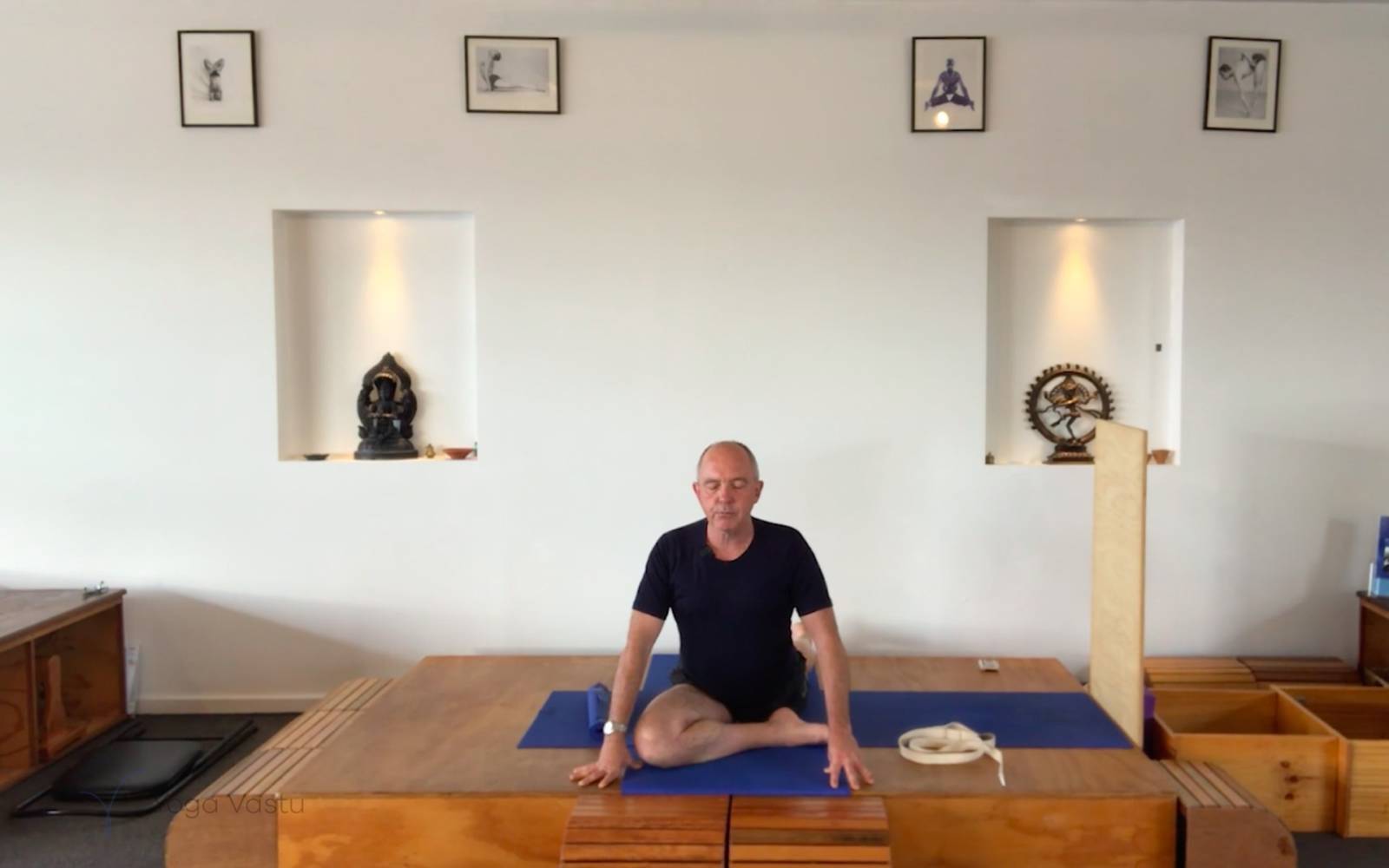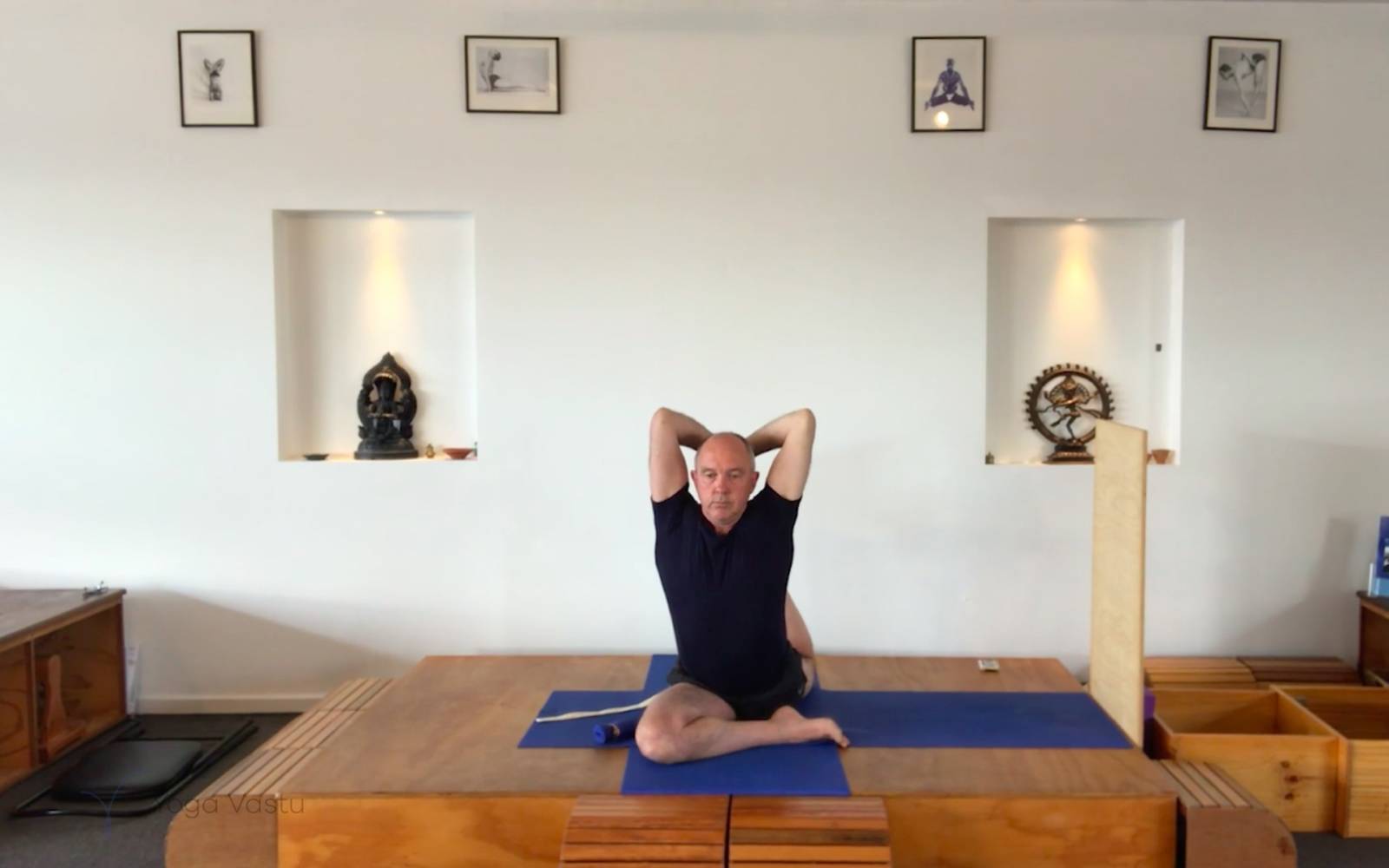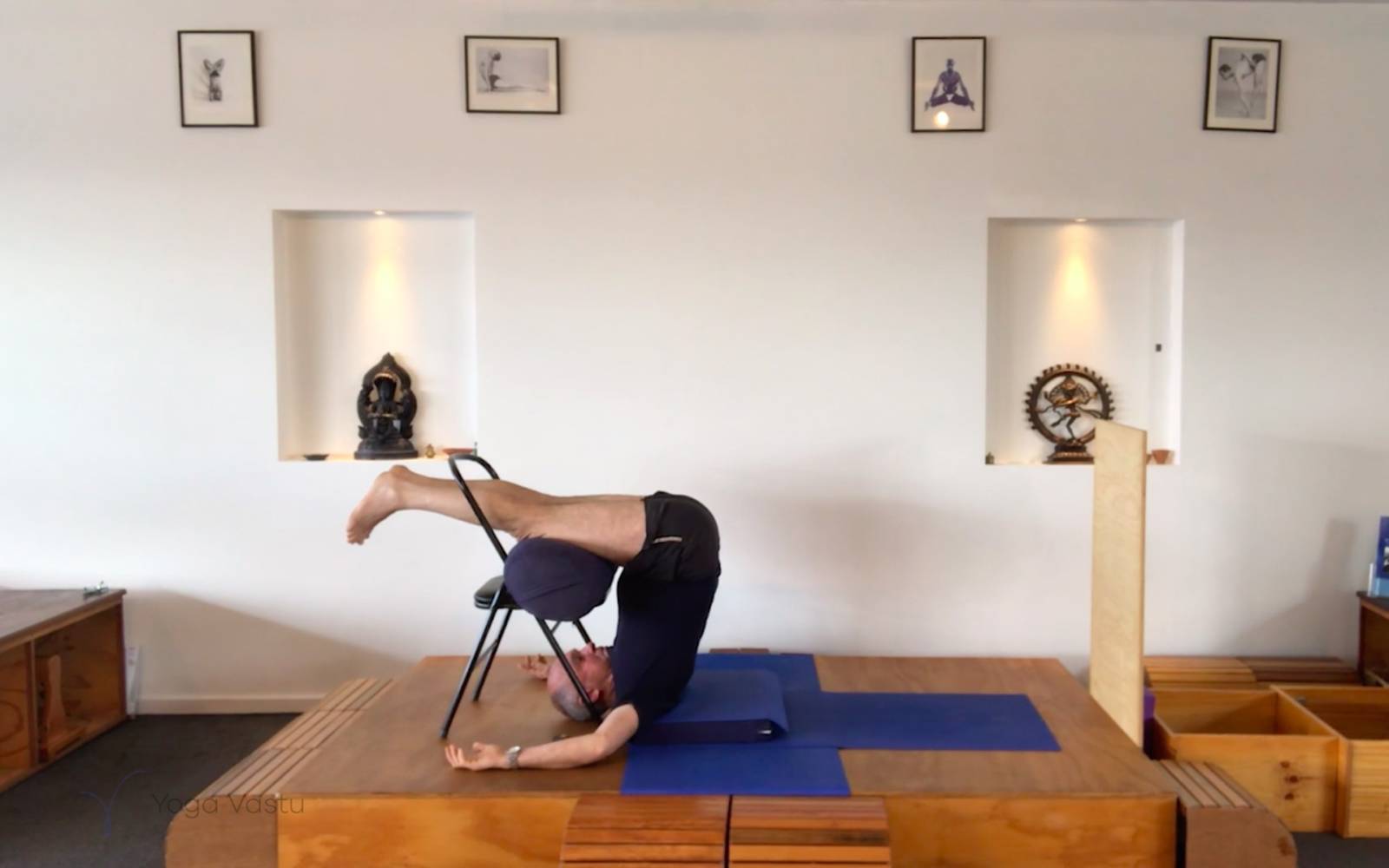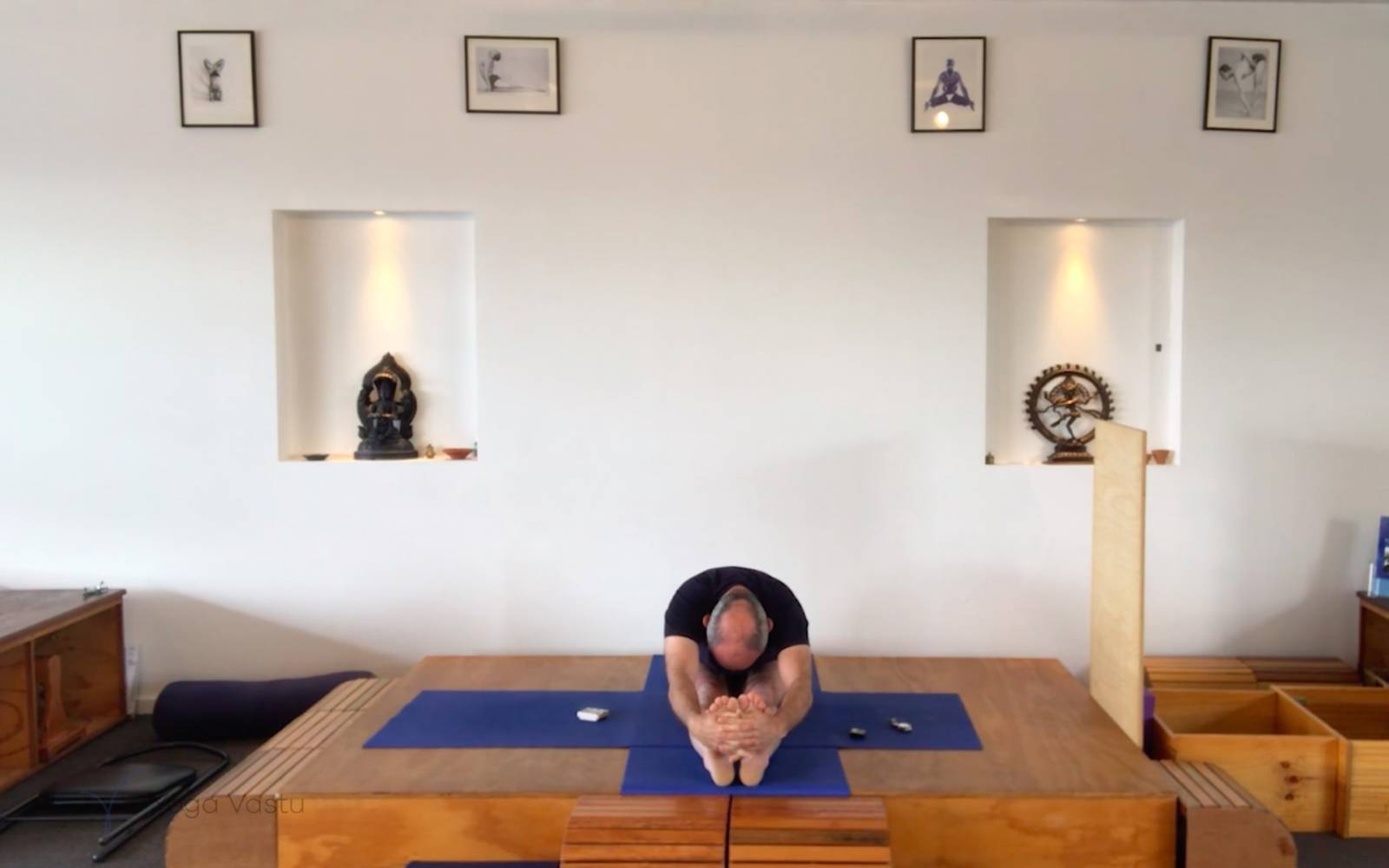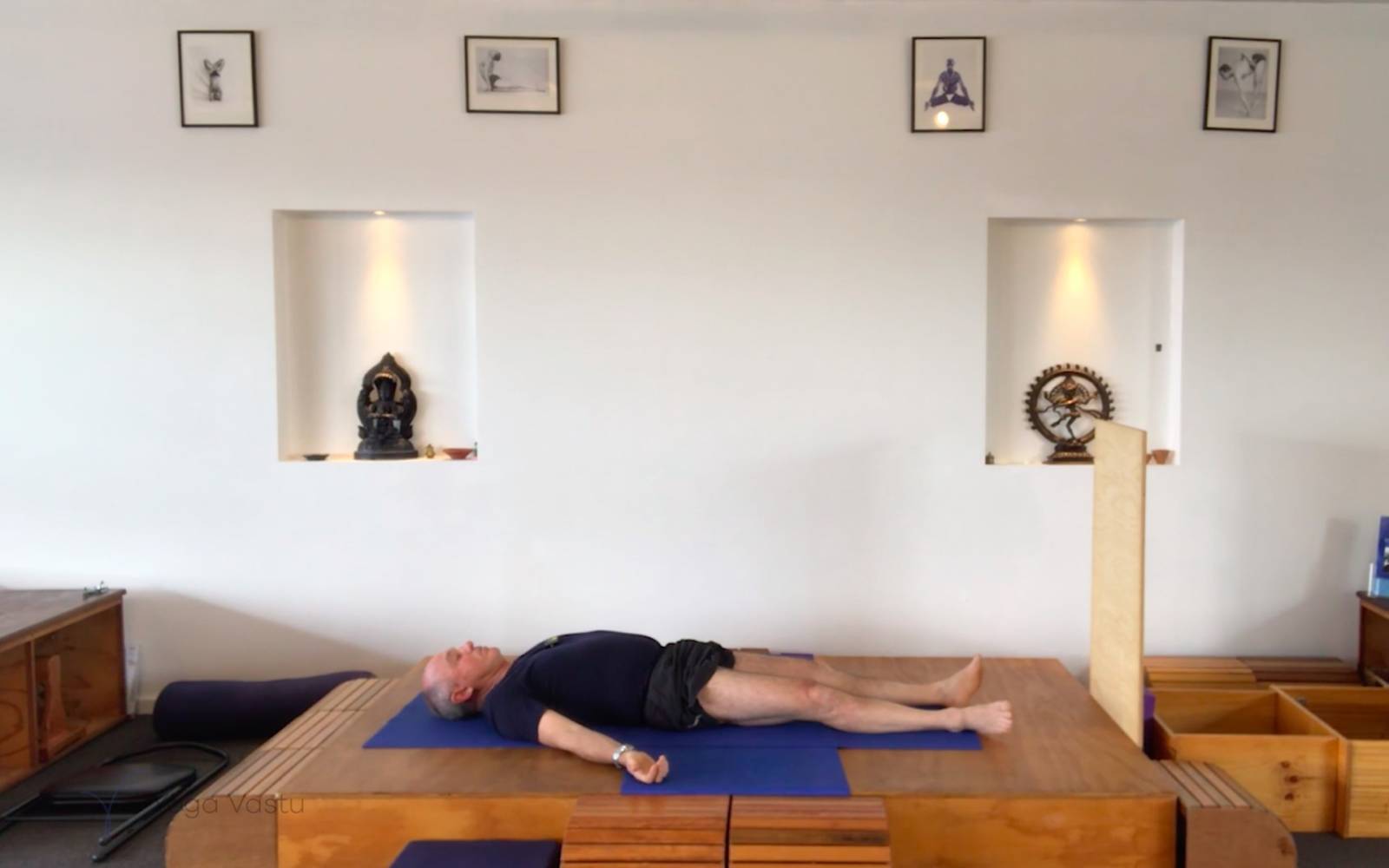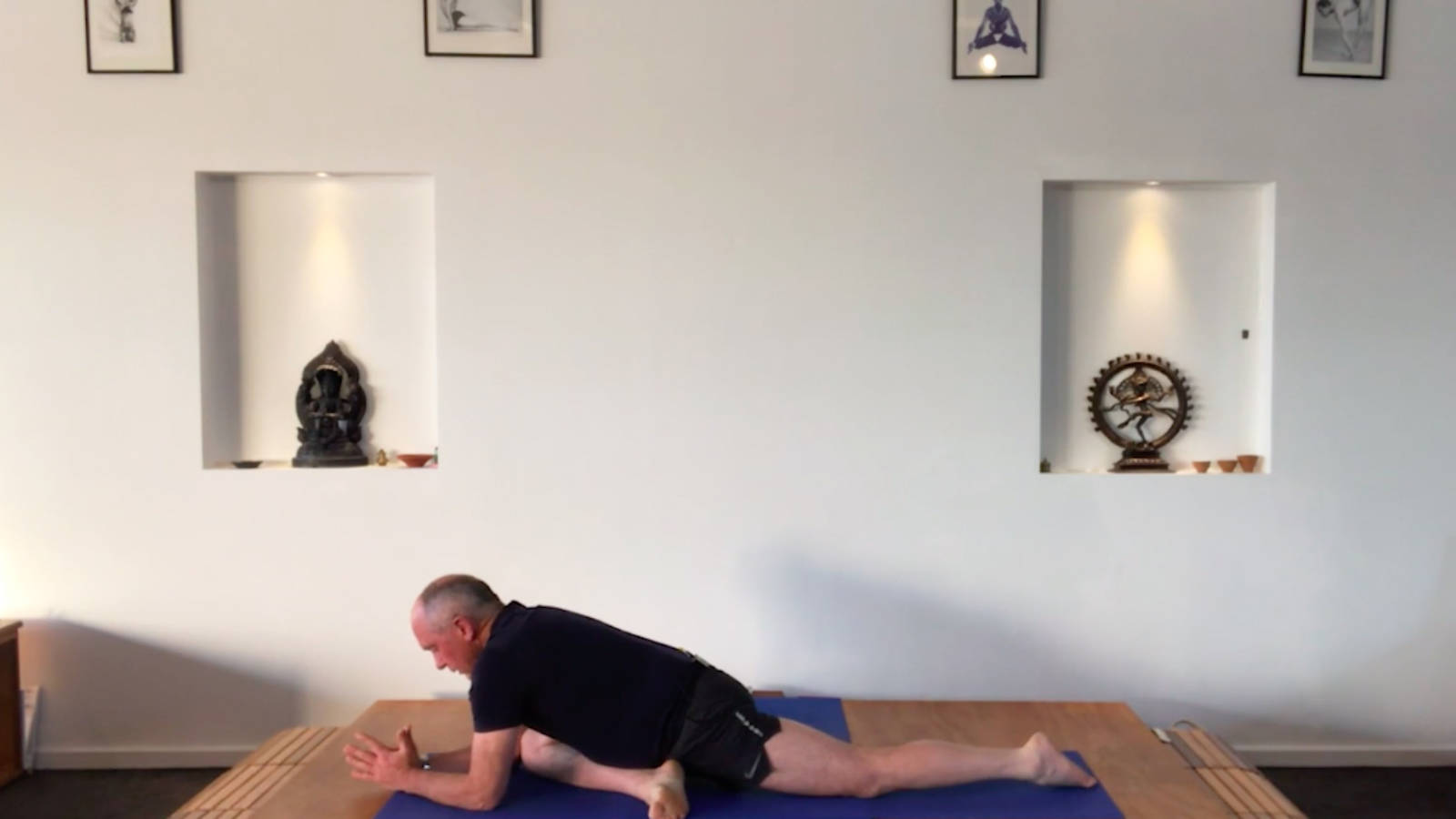According to yogic tradition, the consciousness can be subdivided into four key aspects: manas (mind), ahankara (I’ness), buddhi (intellect), and chitta (cosmic intelligence). Mind is expressed through our thoughts, our reflections, our associations. The mind is always busy with details and connections. The mind, much like a monkey, jumps from object to object. Geeta Iyengar says that the mind sees only in terms of pleasure and pain, good and bad, right or wrong. The mind summarises. We can compare this aspect of the mind to the surface of the ocean. But there are more layers. Just like in an ocean, the surface is turbulent. The lower we drop below the surface, the calmer the waters get. As you settle down and prepare for practice, the turbulence of the mind becomes especially apparent. Focus on the quality of your thoughts: what jumps to the surface?
Ahankara is about seeing the world through the lens of yourself. This is connected to the concept of manas: an action will provoke a thought, a judgment. We will internally voice our opinion as to how an action makes us feel, and these arising thoughts will influence our further actions, maybe even prevent us from immersing ourselves fully in our practice. Today we will explore ways of working with our consciousness to enhance our yoga experience, turning it from a purely physical into a spiritual exercise.
We start today lying in Supta Virasana for a few moments. Here we will have a chance to reflect on the state of our consciousness.
Virasana Forward comes next. Pay attention to your thoughts. What does this motion feel like? What thoughts does it provoke?
Move into Uttanasana. Locate the stiffness in your body and see what lies beneath it, what its origins are. As you hold steady in the asana, focus on your mind. What does it hold on to? How does it impact your practice? Work on steadying the mind and going deeper into the asana. The goal isn’t to eradicate the mind, but to be able to quieten it, to bring it back into the present moment, to refrain from planning or complaining (about stiffness or pain or discomfort). Complaining comes from the ahankara: the tendency to see the world from the perspective of yourself as a self-standing individual. When we move past this tendency, we are able to go deeper and to savour the moment.
Adho Mukha Svanasana to wake up the muscles in the back of your body. Then, step your feet wide apart for Prasarita Padottanasana (concave spine). Pay attention to your feelings here. Notice which thoughts arise as you hold in the pose. Then, bend your elbows and bring your hands back: fold forward into the full pose and hold. After a few moments here, go back into Dogpose.
If menstruating, move into Parvatasana in Virasana. Otherwise, shift your weight sideways and lift into Vasisthasana 1. Transition back into Dogpose and then repeat the lateral balance on the other side. If you are in Virasana, change the position of your arms and bring them back into Paschima Namaskar.
Both groups then move into Adho Mukha Svanasana. Stabilise your breath and continue working on quietening your mind. We will now do a modified Eka Pada Raja Kapotasana with the back leg straight. From Dogpose, bend your right leg and bring your knee forward. Place it between your hands, so that it’s in line with your right shoulder. The foot is placed next to your left thigh. Straighten the left leg behind you and bring your forearms down to the floor in front of your bent knee. Rest your forehead on your arms, if possible. Repeat this transition on both sides.
Now set up for Sirsasana. If not going into the full inversion, go into Viparita Karani with crossed bolsters. Otherwise, sit in Vajrasana, prepare yourself, then go up into a Headstand. We will do several variations in Sirsasana today: Baddha Konasana in Sirsasana, Upavista Konasana in Sirsasana, Parsva Sirsasana, Parivritta Eka Pada Sirsasana, and Eka Pada Sirsasana.
When you come down, shift into Virasana Forward for a few moments to regain equilibrium. Stretch back into Dogpose. Then, walking your hands back towards your feet, come up to standing.
Moving onto some backbends. Dvi Pada Viparita Dandasana with chair support. Your heels are down, and your head comes down lower than your shoulders. Bring your arms to your head as a way of opening up your chest further. As a variation for those not going into this backbend, set up cross bolsters for Supported Setu Bandha Sarvangasana. Regardless of which pose you are doing, pay attention to any tight spots, and work on steadying your mind to see if that helps relieve tension.
Chatushpadasana. Here we let the energy circulate more evenly through the body while also opening up the chest, allowing for more oxygen to flow into the lungs. Shoulders stay strong and open. As an alternative, you can do Ardha Chandrasana with the foot to the wall.
Go into Urdhva Dhanurasana now. Raise the heels and lift the chest, lengthening your whole body. Focus on the sensations. If you feel discomfort try to understand whether it stems from your inner prejudices or from actual limitations. Then you will know whether you need to modify the pose or change your attitude. Keeping all this in mind, repeat the pose several times. If not doing this backbend, work on your standing poses with Trikonasana instead.
We then go into Dvi Pada Viparita Dandasana to the wall, repeating several times. Alternatively, practise Ardha Chandrasana, working on opening up your hips and finding balance. Notice how the sense of physical balance affects your mind, making it more aware and focussed.
Following the backbends, we will do two variations of Eka Pada Raja Kapotasana.
Eka Pada Raja Kapotasana with the back leg straight. This time, we keep our trunk upright, incorporating a slight backbend to open up the chest and shoulders.
Eka Pada Raja Kapotasana 1, performing the same actions as in the modified variation, except that this time we bend our back knee and reach back to grab the foot with our hands. You can use a belt if lacking flexibility.
For those not doing backbends today, carry on with the standing pose sequence, moving into Virabhadrasana 2, followed by Parsvakonasana, Parsvottanasana, and, finally, Virabhadrasana 1.
Nearing the end of the practice, we will go into Ardha Halasana with our legs supported by a chair and our arms stretched backwards. As an alternative, set up for Supported Setu Bandha Sarvangasana.
Come down and fold forward in Paschimottanasana to release the legs and spine.
Finally, we stretch out into Savasana. Here we will have the chance to reflect on the practice, on how it has influenced our thought patterns. Don’t try to judge or analyse, just feel the sensations, letting the breath guide you further down into the calmer levels of your consciousness. With every exhalation, feel the quietness setting in and becoming more profound. As you finish your session, make a note of your state of mind and how you achieved it. Try to keep this sensation of inner peace and quiet throughout your day.
Illustrated sequence of video
Download and print the free illustrated sequence of this video.
Video stills from this sequence
